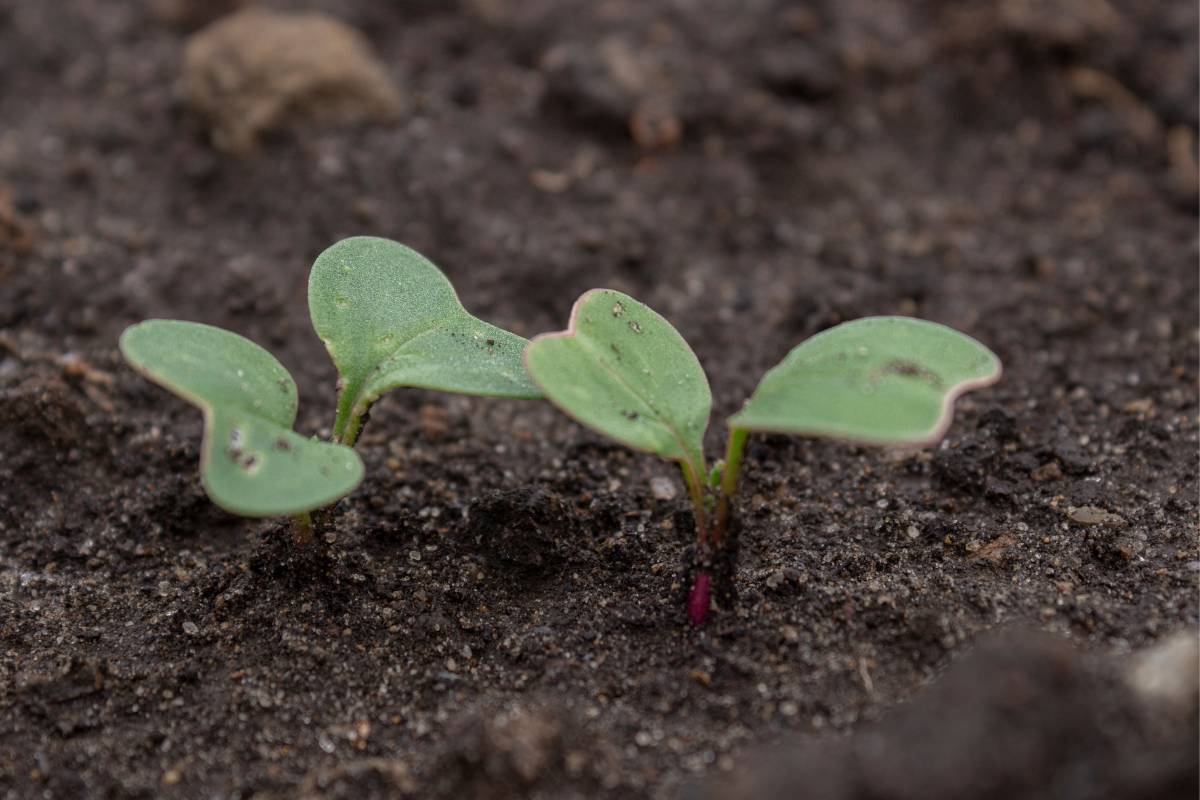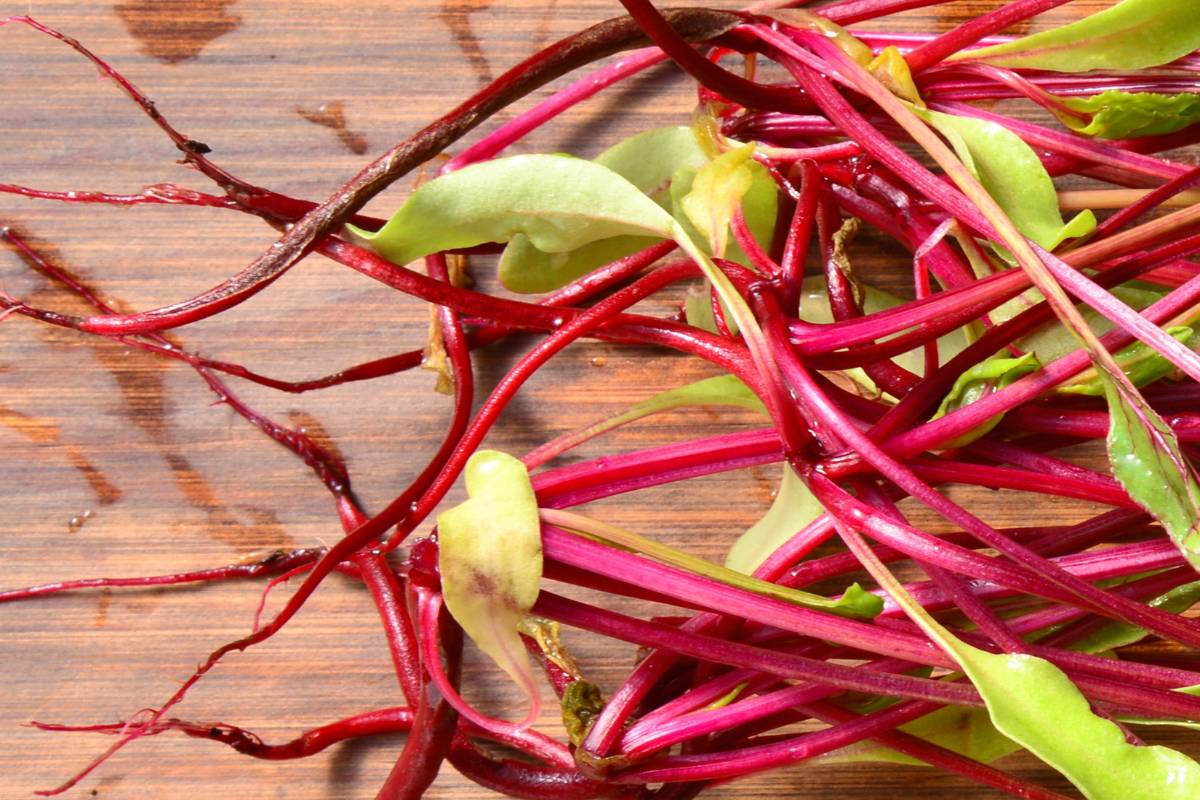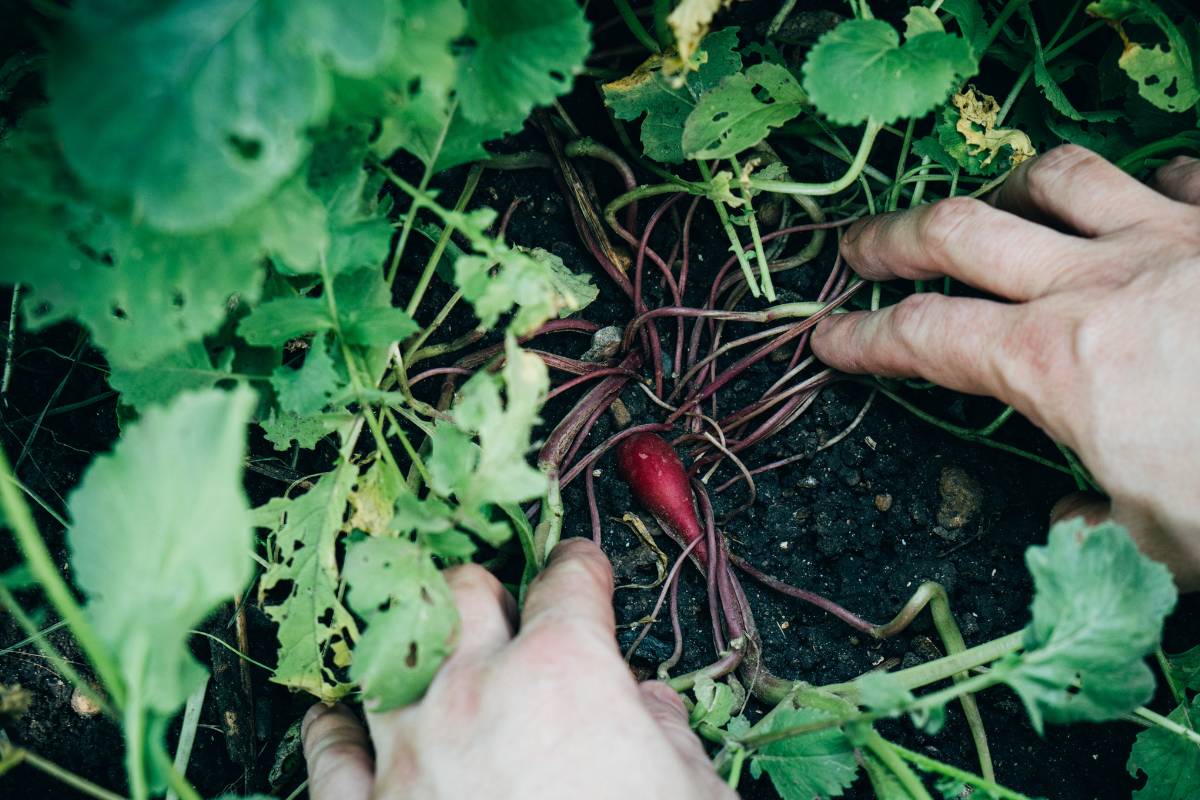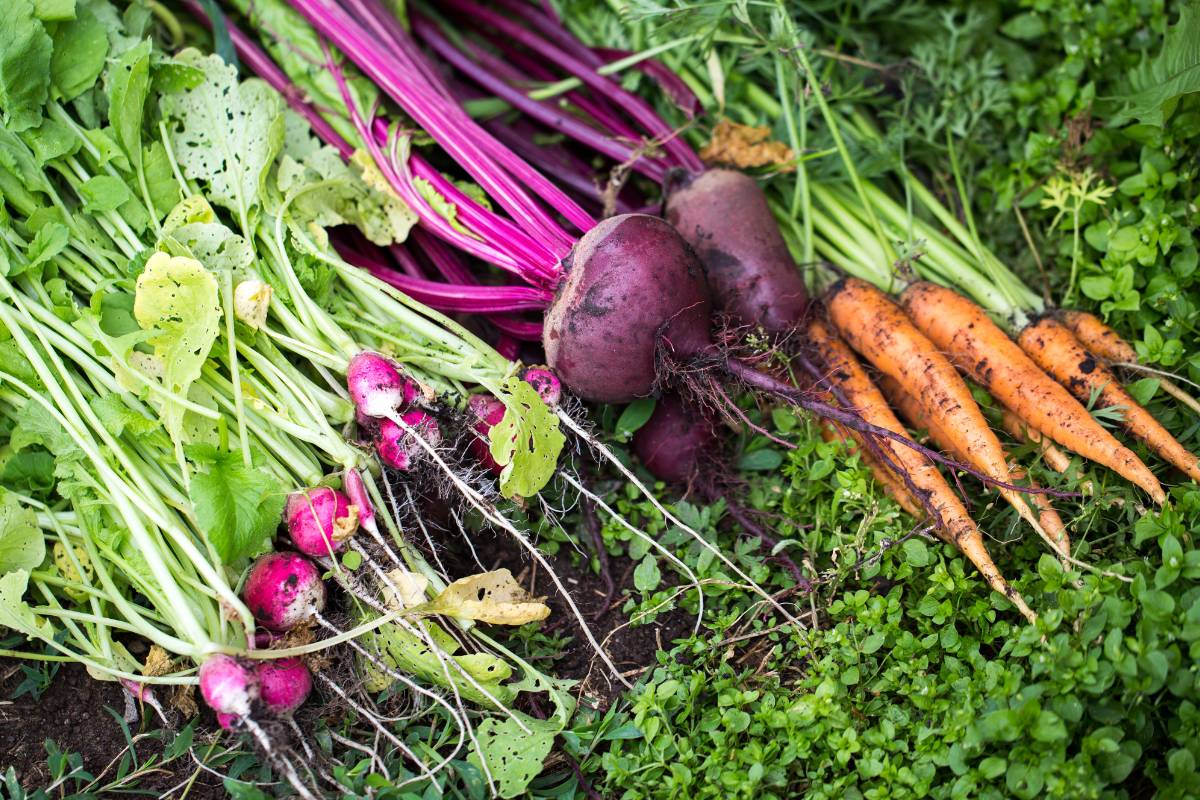Radish and beetroot are often described as two of the quickest and easiest veggies to grow. This can lead to high expectations of a bumper harvest, sometimes cruelly dashed by the plants refusing to form large, edible roots.
There are several reasons why those tasty globes fail to form, but luckily most of them are easy to fix. Even better, both radish and beetroot grow quickly enough for you to try a second sowing later in the season.
Most of these reasons also apply to other root vegetables, including carrot, parsnip and turnip. If you're having problems growing harvestable roots, the solution may lie in addressing one or more of the following seven issues.
1. Poor Soil Preparation
The texture of the soil plays a huge role in the development of any root vegetable. Put simply, the root needs to push the surrounding soil out of the way as it grows, and heavy clay or compacted soils make this difficult.
Make life easier for your seedlings by preparing your soil carefully before sowing, breaking up any clumps, and loosening the texture to create a fine tilth. This doesn't have to involve too much spadework, as both radish and beetroot create most of their bulb mass just below surface level, so you needn't dig more than a spade’s depth (about 30cm) deep.
2. Transplant Shock
All root veg create long 'tap roots' as they germinate and grow into seedlings. These delicate roots are easily damaged during transplanting, no matter how careful you are, and this will set back or even stop the development of edible roots.
For dependable results, all root veg should be sown directly into the soil rather than started off in punnets or trays, so that the tap roots can develop in undisturbed peace.
3. Seedlings Grown Too Close Together
The tiny size of radish seeds means it's easier to scatter them rather than sowing individually. Unfortunately, this means that they'll almost always germinate too close together for good health. And while beetroot seeds are larger and easier to sow individually, each one is actually made up of multiple germs (embryos) and can produce two or three seedlings per seed. It's vital to give each seedling room to grow, so thin them to keep to the right spacing.
Seedlings that are overcrowded need to compete for resources and will concentrate on producing seeds as soon as possible rather than wasting scarce energy on forming large roots. On a more physical level, roots that are touching while immature will tend not to develop much further or will become misshapen as they grow.
Thinning the seedlings after germination gives each one room to develop properly, so check the seed packet for the correct spacing each plant needs.
4. Hot Weather
Radish and beetroot are both cool-weather plants, and hot weather can put them under too much stress to develop generous roots. Depending on your climate, it may be sensible to grow them in the ‘shoulder’ months (early or late in the season) when the temperatures will be reliably cooler, avoiding the hottest months of the summer.
5. Inconsistent Watering
Beetroot, radish and carrot can all be categorised as thirsty vegetables, producing the best roots when they have even, abundant water and are not stressed by heat and drought. On a molecular level, the development of the oversized roots that characterise these vegetables depends on the movement of carbohydrates from the leaves, where they are produced, to the root, which acts as an energy store. Water is needed for both the production of sugars and their movement within the plant, and any shortage can lead to stunted, small or woody roots.
6. Alkaline Soil
Most root vegetables prefer soil that's slightly to the acidic side of neutral, with a pH level of between 6 and 7. While the plants may grow in soil that's a little more alkaline, they'll show their displeasure by not forming large roots. Regularly adding plenty of organic matter, such as well-rotted compost, is the most effective way of keeping the soil's pH within the right range.
7. Too Much Nitrogen
Lastly, the soil's mineral balance is hugely important for all root vegetables. Too much nitrogen leads to lush foliage growth at the expense of other plant parts, including the edible roots, while phosphorus is the nutrient that contributes to healthy root growth.
With good soil preparation, most root crops will not need to be fertilised during their growth. If you feel the need to feed, use a low-nitrogen formulation and add it relatively sparingly.
It may be that the soil itself is naturally nitrogen-rich. If this is the case, take advantage of the nutrient-rich soil by growing brassicas, squash or corn for a season or two before trying root crops again. These plants feed relatively heavily on nitrogen, reducing the remaining levels in the soil. This will help to rebalance the mineral levels.
Bear these seven issues in mind when growing any kind of root vegetable, and you'll have a much greater chance of avoiding rootless disappointment when harvest time comes around.









